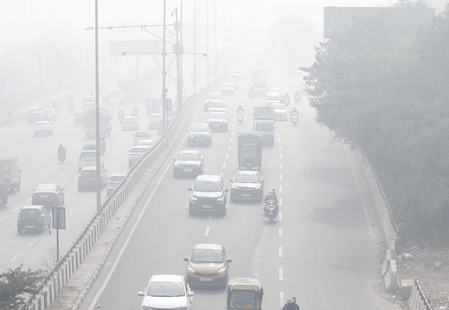
New Delhi, Feb 18 (IANS) Swimming in some lakes with still water can lead to infection with Legionella — a bacterium that can cause pneumonia — said a team of researchers on Tuesday calling out on people who engage in open water swimming to be aware of the risk.
Also referred to as legionnaires’ disease, infection with legionella causes severe lung inflammation that is characterised by fever, chills, malaise, chest pain, cough, fatigue, respiratory symptoms, and sometimes diarrhoea.
“Legionella infection represents a public health hazard owing to its ability to spread through exposure to natural water bodies and human-made water reservoirs,” said Dr. Ashley Bryson, an internal medicine resident at the University of Manitoba.
In an article, published in the Canadian Medical Association Journal, the experts explained that legionella bacteria thrive in the warm, stagnant water in plumbing systems, air conditioners, public spas, and even lakes and rivers.
Age older than 50 years, smoking history, chronic cardiovascular or kidney disease, diabetes, and a compromised immune system are the main risk factors for Legionnaires’ disease.
“Clinicians should consider legionnaires’ disease in patients with pneumonia that does not improve despite the use of broad-spectrum antibiotics, especially if the pneumonia is severe, occurring in immunocompromised patients or patients with recent travel history, or when only antimicrobials without activity against atypical pathogens have been administered,” the researchers advised.
They noted that testing for legionnaires’ disease should be performed when patients do not perform well to outpatient antibiotic treatment for community-acquired pneumonia; those with severe pneumonia, in particular cases requiring intensive care.
People with weak immune systems; those with travel history within 14 days of symptom onset; those with hospital admission with hospital-acquired pneumonia must also be tested for legionnaires’ disease.
Symptoms typically present 2–14 days from exposure but can persist for weeks.
–IANS
rvt/




